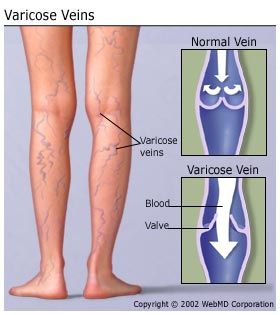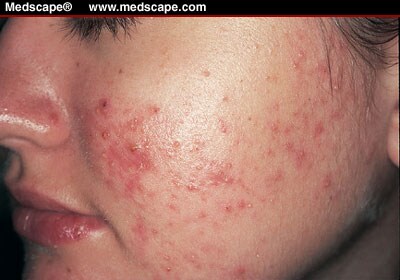 |
| There are currently more than 200 dermatology apps, which offer benefits and drawbacks for patients and dermatologists alike. |
Popular dermatology
related mobile apps include sunscreen recommendation guides, mole photo storage
apps, and other tools to aid in the prevention and diagnosis of melanoma. Researchers
divided the 229 dermatology-related apps into the following categories:
- General dermatology reference (26.6%)
- Self-surveillance/diagnosis (17.9%)
- Disease guides (17%)
- Educational aids (8.7%)
- Sunscreen/UV recommendations (8.3%)
- Calculators (5.2%)
- Teledermatology (3.5%)
These categories
represented less than 3% of the apps available in the marketplace: conference,
journal, photograph storage/sharing, dermoscopy, pathology, and other.
Researchers broke the 229 apps down into 209 unique apps and another 17
versions of existing apps on other operating systems. More than half of these
apps are offered free of charge (51.1%) with the most expensive app costing
$139.99. The identified target audiences were:
- Patients (51.1%)
- Health care providers (41%)
- Both (7.9%)
While these apps increase
access to medical knowledge, the study’s senior author, Dr. Robert Dellavelle,
is concerned that people are getting the wrong information. He added that very
few of these apps are clearly made by medical professional and that patients
and doctors should maintain a healthy sense of skepticism when using these
apps; especially ones that claim to help spot conditions such as skin cancer.
Misinformation on these apps could delay a real diagnosis and jeopardize
patient health. Ideally, these apps should not be used in place of visiting a
dermatologist but patients should instead consult with a doctor before using
the app’s data to make treatment decisions.
You can learn more about
this study here: http://www.reuters.com/article/2013/09/26/us-health-dermatology-app-risk-idUSBRE98P0KN20130926
Thank you for reading,
You can learn more about me by subscribing to my Tumblr blog or by viewing my profile on Expertfile: http://www.expertfile.com/experts/sudhir.polisetty






